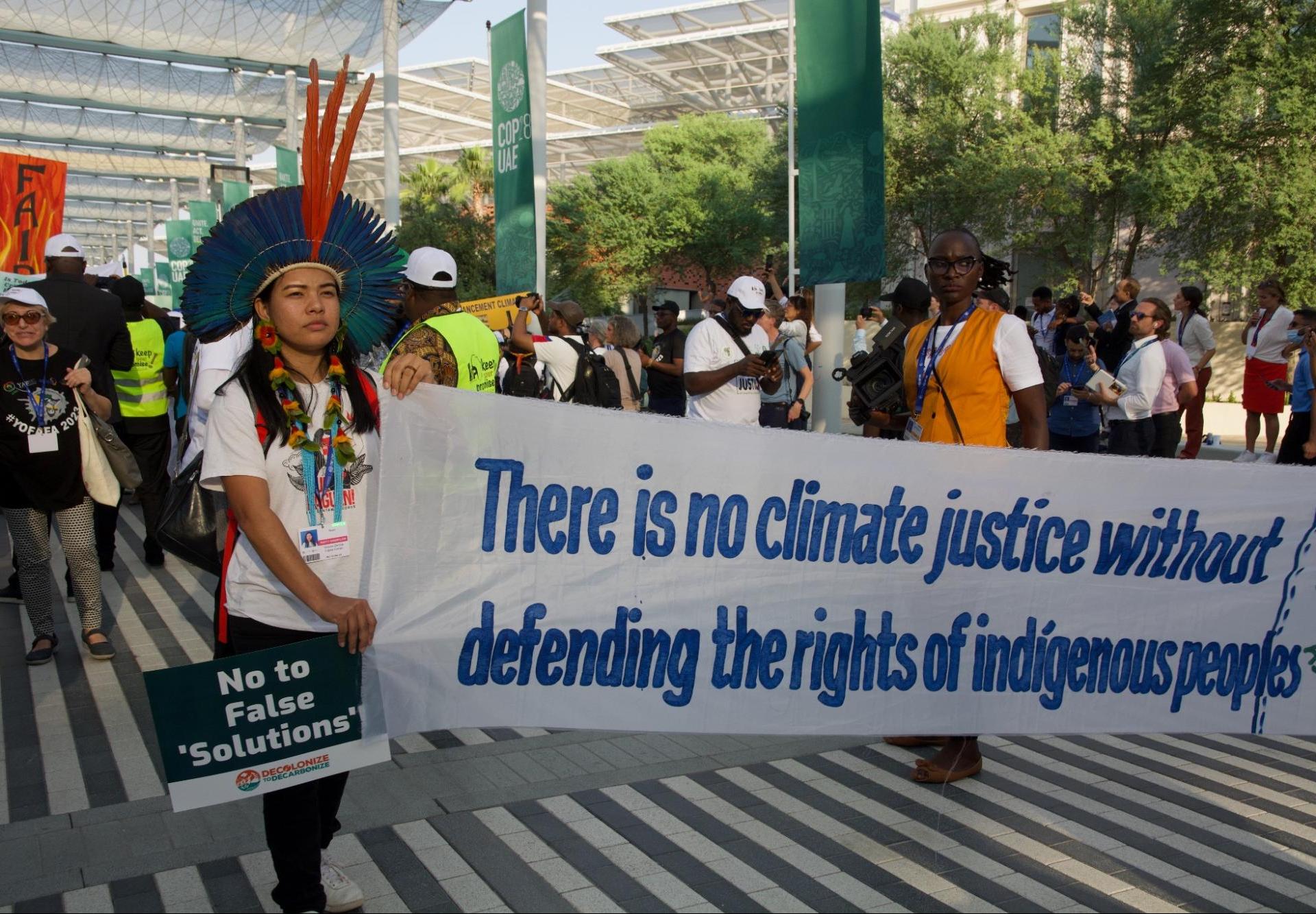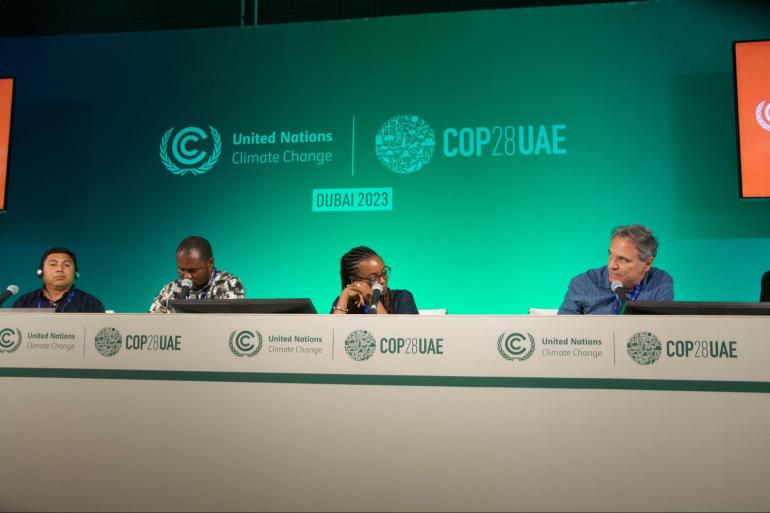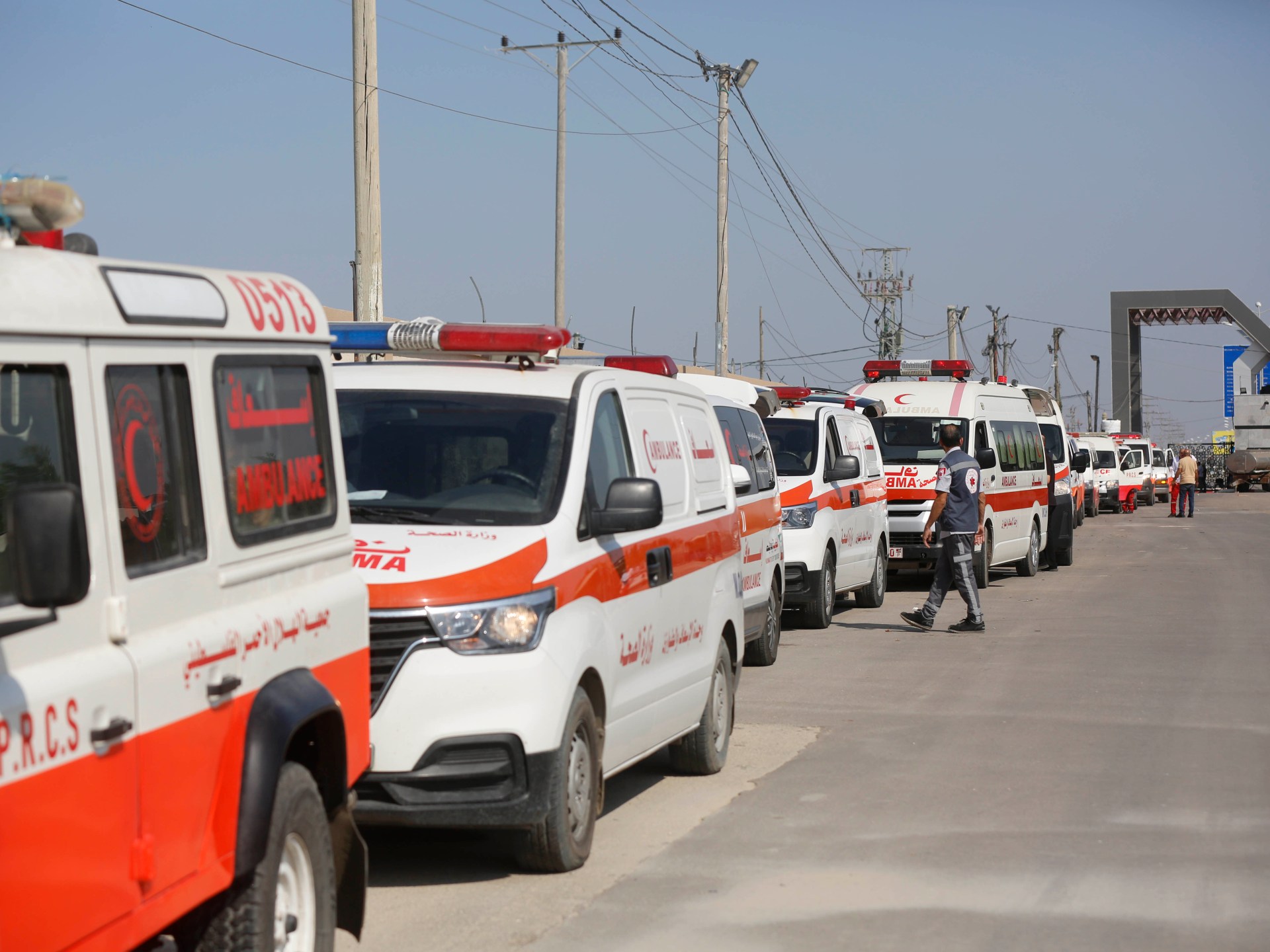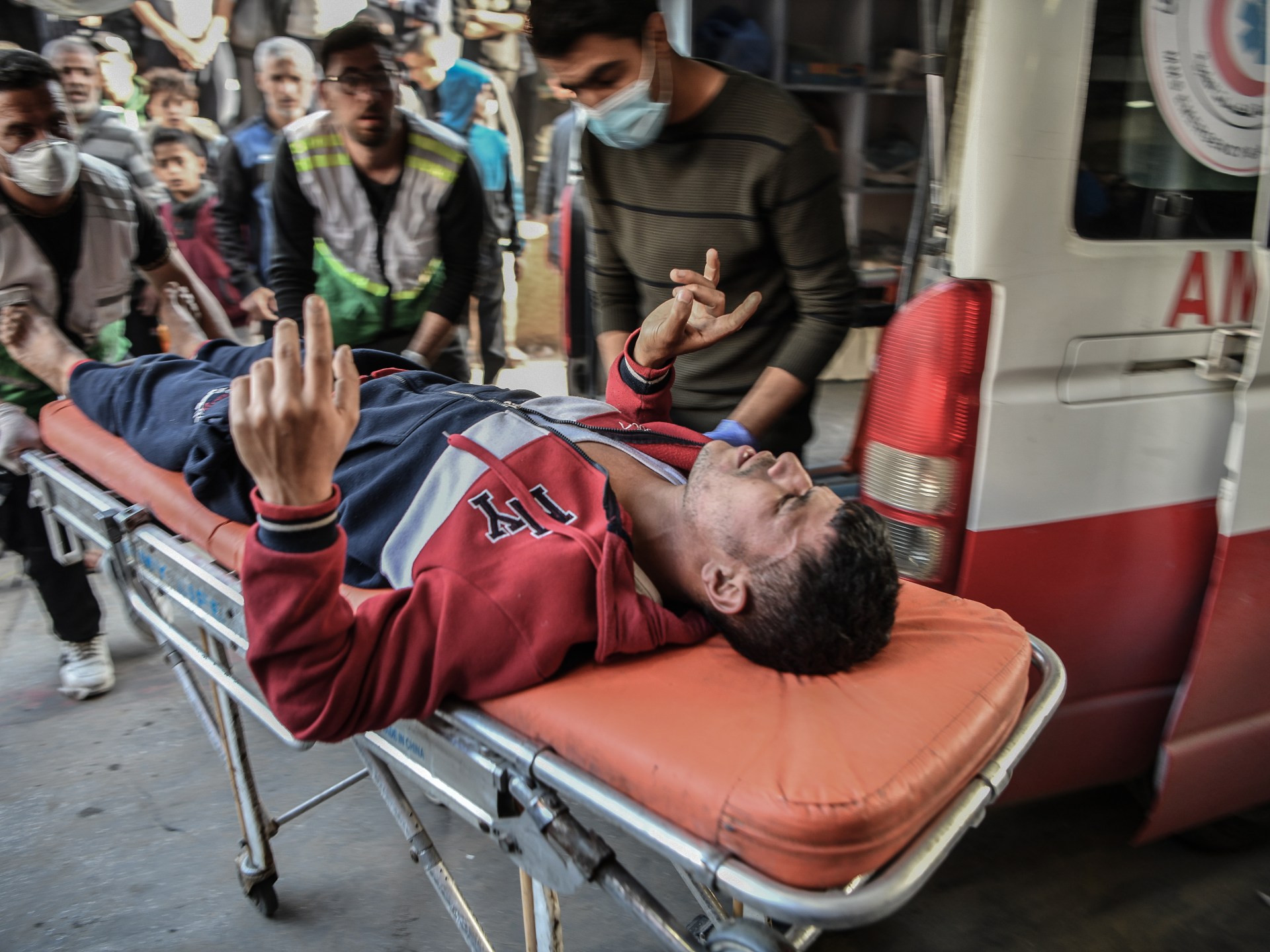
Carbon markets, a popular mechanism that global companies and countries use to offset their emissions, were on the table during negotiations at the United Nations COP28 climate change conference.
In a year when carbon markets have come under increasing scrutiny amid reports of alleged fraud that showed only a handful of emissions were offset rather than the huge amounts predicted, Indigenous communities at the conference were the ones at the conference As this week came to a close, I was excited to find out how this might work.
“Trees are not objects. They are our brothers,” said Selvyn Pérez, a Maya K’iche leader from Guatemala, at an event on the sidelines of the official COP28 talks. “There are reasons why we protect trees. We don’t do it for money or to get benefits, we do it because nature is our mother and mother earth is calling. If everyone understood that human and environmental rights were at the heart of all actions, this COP would be very different, instead of lacking concrete action as in previous years,” he said.
An estimate 370 million Indigenous peoples live on 20 percent of the Earth’s land area and protect 80 percent of the planet’s biodiversity. But only 17 percent The $270 million in climate and conservation funding invested annually in indigenous and local communities goes to community-led projects.
Several of the extreme climate events around the world over the past year have created a sense of urgency among indigenous communities who are the first to be affected.
For example, a drought that began a year earlier in the Peruvian Andes and months later had severe consequences further downstream in other parts of the region in the Amazon Basin, making rivers impassable for transport and killing wildlife as temperatures rose.
Researchers had already warned that the Amazon basin was reaching dangerous tipping points as widespread deforestation limits the region’s humidity and causes even greater degradation of vegetation due to stressful climate conditions.
Many of the region’s representatives had joined a record number of indigenous peoples from around the world in Dubai – including Pérez – to defend their role as guardians of rainforests and other natural areas that act as significant carbon sinks and store almost half of the world’s oil carbon .
Like many other indigenous communities that have never fully regained rights to their land since colonial times, the president of the Utz’ Che’ Community Forestry Network of Guatemala said the fight to have their voices and rights recognized has been a long one.
“We came to the COP not to negotiate, but to make demands,” he said.
Shadow carbon market
Amid a booming emissions trading market that grew 13.5 percent in 2022 to reach a record $909 billion, Indigenous representatives have sought to catch up and become more actively involved in the systems and their benefits.
Carbon markets sell credits to countries and companies to help offset their carbon emissions. A blueprint Suggestion How to regulate the mechanism was discussed between negotiators in Dubai after it was tabled in November, a year later than expected.
Over the past year, numerous reports from media and nonprofit organizations have shed light on how carbon markets—which may be about protecting natural areas from deforestation—have made false promises about their environmental value. Reports have also suggested that despite greening their credentials, offset buyers continue to emit emissions, including by claiming to reduce their carbon footprint.
Verra, a major carbon standards system, reportedly provided more than a billion credits, equivalent to a billion tons of carbon, 90 percent of which were considered “phantom” or generally worthless and did not represent real carbon reduction. Verra disagrees with the allegations and says they have “deviated from the right path”.
The claims raise questions about the general use of offsets, as many companies that buy carbon credits label their products as “carbon neutral,” giving customers the impression that they can continue to fly or buy goods without contributing to the climate crisis.
In the Brazilian Amazon, carbon offset projects certified by Verra and purchased by major global companies to finance forest conservation were accused of being a “fraud” without significant evidence.
Elsewhere in Colombia, information about the sale of carbon credits by national certifier ColCX for an offset project on an indigenous reserve was not shared with most of its residents, who should have been among the beneficiaries.
Some indigenous peoples have described carbon credits as an extension of a colonial legacy that sought to exploit and control resources in indigenous territories.
The region’s indigenous communities are already threatened by increasing deforestation due to illegal mining, logging and farming on their lands, which leaders failed to ban at an Amazon summit earlier this year. They demand more transparency in the plans and, above all, demand more participation in project planning and implementation.
find solutions

In Dubai, they met with other local communities and indigenous organizations to learn from each other.
“We need a clear carbon definition and know who owns these carbon rights and how we ensure the distribution of revenue sharing from the carbon credit,” said Dominik T-Johns, organizer of the REDD+ Technical Working Group in Liberia.
The REDD+ system, introduced in 2009 as part of the climate negotiations, encourages governments of developing countries to reduce emissions through forest management.
In the West African country, recent laws have designated protected areas and recognized local communities as landowners under customary law.
Mary Molokwu-Odozi, a REDD+ project manager working with Fauna and Flora, a conservation NGO, said that “securing land ownership would mean more effective forest management and potential for local communities that depend on the forests “to preserve the resources they have for future generations” and to deal with external influences”.
Walter Quertehauri Dariquebe, the president of the Amarakaeri community reserve in southeastern Peru, explained that “coordination” with the government is an unequal arrangement in which the state holds the reins and the community is responsible for managing the state’s plans.
“We are not leaving it at that,” the indigenous leader told Al Jazeera.
In addition to strengthening their capacity as project implementers, they recently signed an agreement giving the community the role of authorized carbon credit managers. “Why? It’s about avoiding the problems of carbon pirates, which lead to communities giving up their rights without knowing at what price the certificates will be sold,” he said.
The Reserve is establishing a Carbon Credit Sales Board to be in direct contact with end buyers. But the legislation is not yet in effect, he added.
Two years before the COP30 in Belém, at the mouth of the Amazon in Brazil, indigenous climate activists are already increasingly calling for talks in which they speak to governments on an equal footing.
At an event hosted by Sônia Guajajara, Brazil’s minister of indigenous peoples and a former indigenous activist, Hindou Oumarou Ibrahim, an indigenous leader from Chad and previously co-director of the World Indigenous Peoples’ Initiative at three COP climate conferences, had a few tips to offer , as communities prepare for the global event in 2025.
“We must have a clear plan, work with all partners and provide large numbers of direct access financing,” Oumarou Ibrahim said at an opening session of the International Indigenous Commission in Dubai. “We must stand together and say this COP must achieve CO2 reductions.”






Recent Comments